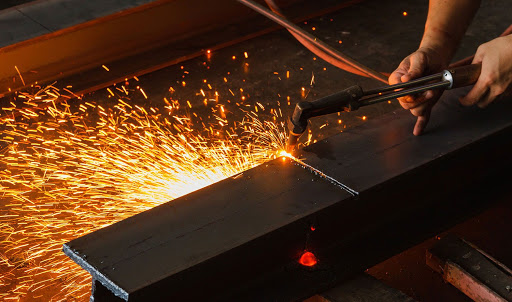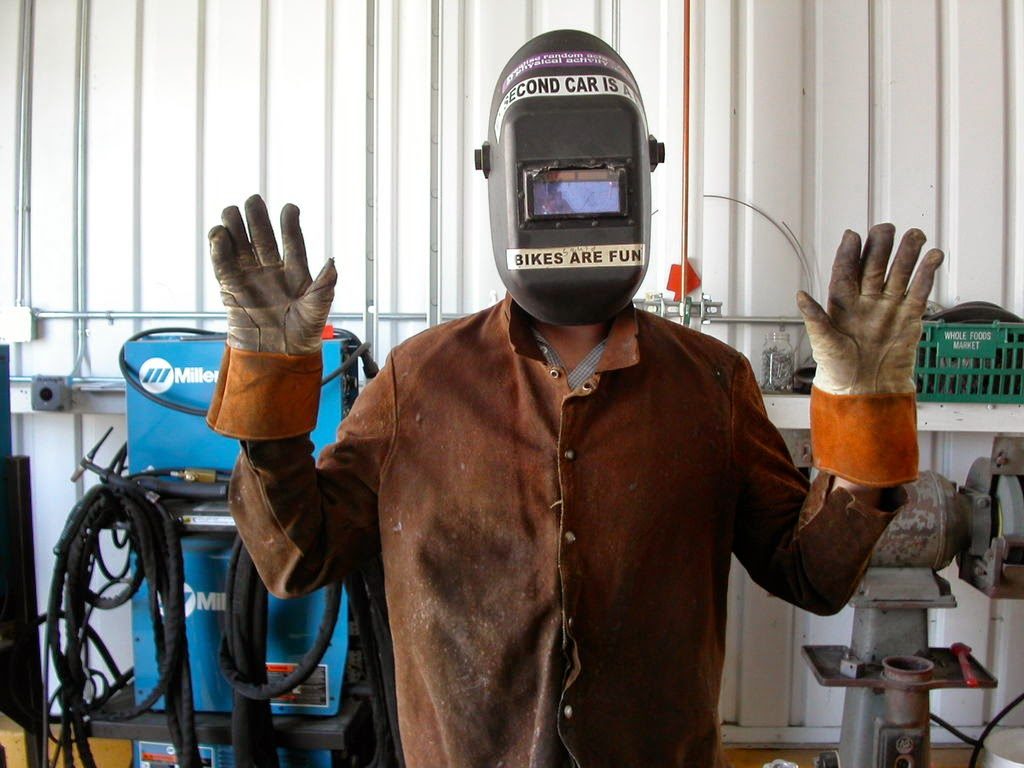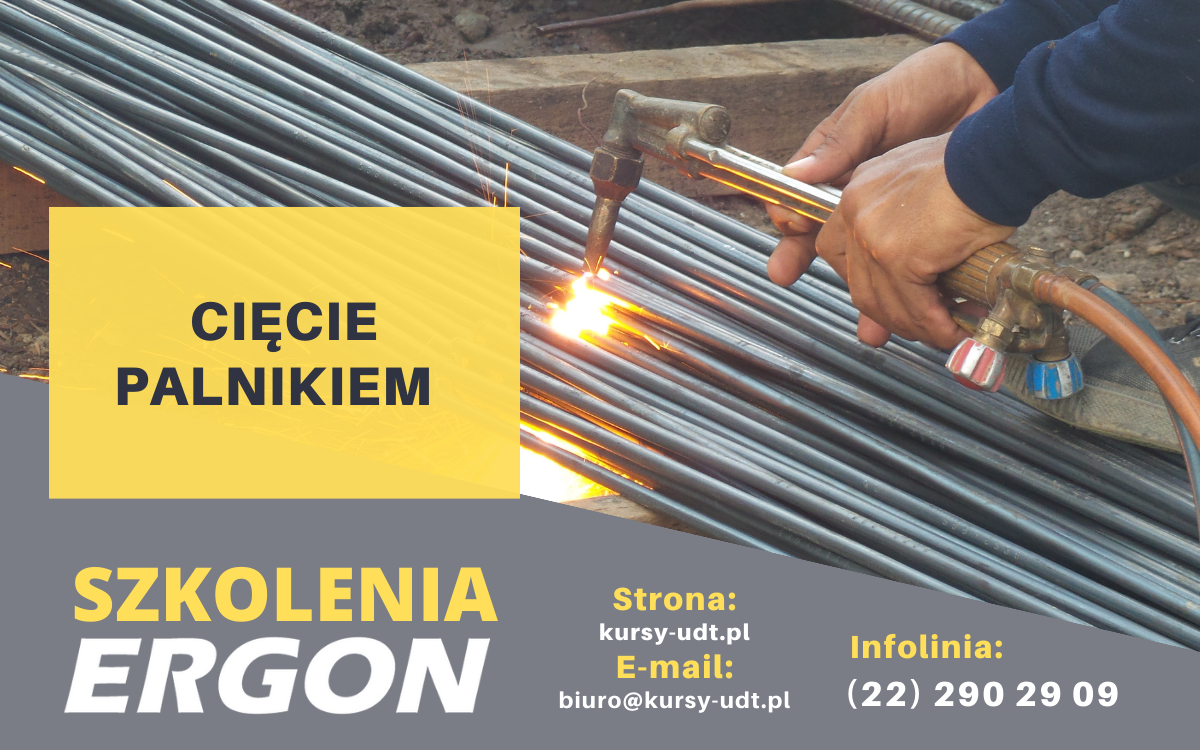Gas cutting operator course
We offer a course on acetylene-oxygen, plasma and electric torches, which are some of the most popular tools used to separate low-carbon and low-alloy metals. At our centre, you will learn all the necessary information about working as an operator.

Who is our training for?
For all those who would like to gain theoretical knowledge and practical skills in the subject of manual gas cutting.
What is the main purpose of the course?
Practical and theoretical preparation of trainees for manual gas cutting with acetylene-oxygen, plasma and electric flames.
Basic pre-course requirements
Each participant must be over 18 years of age and have a minimum basic education.
Detailed course programme
The training covers the following topics:
- rules Health and Safety and HSE in gas cutting,
- basics of gas cutting theory,
- reducers,
- equipment for the gas cutting operator's workplace,
- technical gases for cutting,
- pressure gauges,
- gas cutting torches,
- cylinders for technical gases with pressure gauge,
- technical gas lines,
- gas cutting technology,
- semi-automatic and automatic gas cutting machines,
- and practical activities.
How is the final exam done?
After the training, there will be an internal examination in the field of learning acquired during the program.
Eligibility on completion of the course
Participants who successfully pass the examination receive a course completion certificate and all the necessary documents to work in the profession.

Types of cut
Gas cutting involves bringing a metal to what is known as its ignition temperature. On contact with the burner, it burns and then escapes in the form of metal oxide. Appropriately designed torches can mix specific proportions of combustible gas with oxygen. Materials such as propane-butane and acetylene are used as combustible gases.
Cutting with acetylene is an extremely efficient method due to its ability to reach high temperatures. Its additional advantages are mobility, the high quality of metal cutting and the option to mechanise the cutting processes using it. This method is used in many industries and, among others, in small workshops or large production halls.
Gas cutting can be used to work cast iron, bronze, brass, steel and various metal alloys, as well as for brazing, heating or firing. Gas welding involves heating the workpiece by means of a flame to a suitable temperature so that it degrades and changes its state of aggregation. This makes it possible to permanently weld or separate steel workpieces as thick as 300 mm. The correct type of torch is responsible for the effect and quality of the cut. A smaller torch means a smaller stream. This means greater precision. Torches are used for cutting as well as for welding. However, not every metal is suitable for processing with this method. Suitable metals include bronze, brass, cast iron, iron, tungsten and titanium.

Plasma cutting aims to melt and eject metal from the cutting gap by means of a highly concentrated electric arc with high kinetic energy, which glows between the workpiece being cut and the non-fusible electrode. The plasma is generated by a torch. Passing a stream of compressed gas through the electric arc causes ionisation and, through high power density, produces a jet. A nozzle, which is located in the torch, focuses the plasma arc. The walls of the nozzle are cooled and cause the column to constrict. This method uses a high temperature (10000÷30000K) at the core of the plasma arc and an extremely high jet speed. This causes the material to be melted and blown out of the slit. In this method, the gas often used is air. Higher-powered units primarily use hydrogen, argon, carbon dioxide, nitrogen and argon-helium or argon-hydrogen mixtures. The plasma jet can cut materials that conduct electricity and are made of copper, aluminium and its alloys, brass, alloy or carbon steels and cast iron.
We distinguish between the individual advantages and disadvantages of performing gas cutting
Benefits:
- small area of impact of cutting,
- good surface quality,
- small gap,
- rapid piercing,
- simple automation of the process,
- cutting range - from 0.5 mm to 160 mm,
- efficient vertical cutting,
- low thermal deformation,
- approximately 6 times faster cutting speed than oxy-gas cutting,
- little effect of temperature on the component,
- no burning of thin materials.
Disadvantages:
- changes in the impact area of the cut,
- noise (not applicable to underwater cutting),
- strong UV radiation,
- difficulties in maintaining perpendicularity of edges,
- high amount of fumes and gases that are harmful to health.
If you have any questions about the course, feel free to contact us!





























